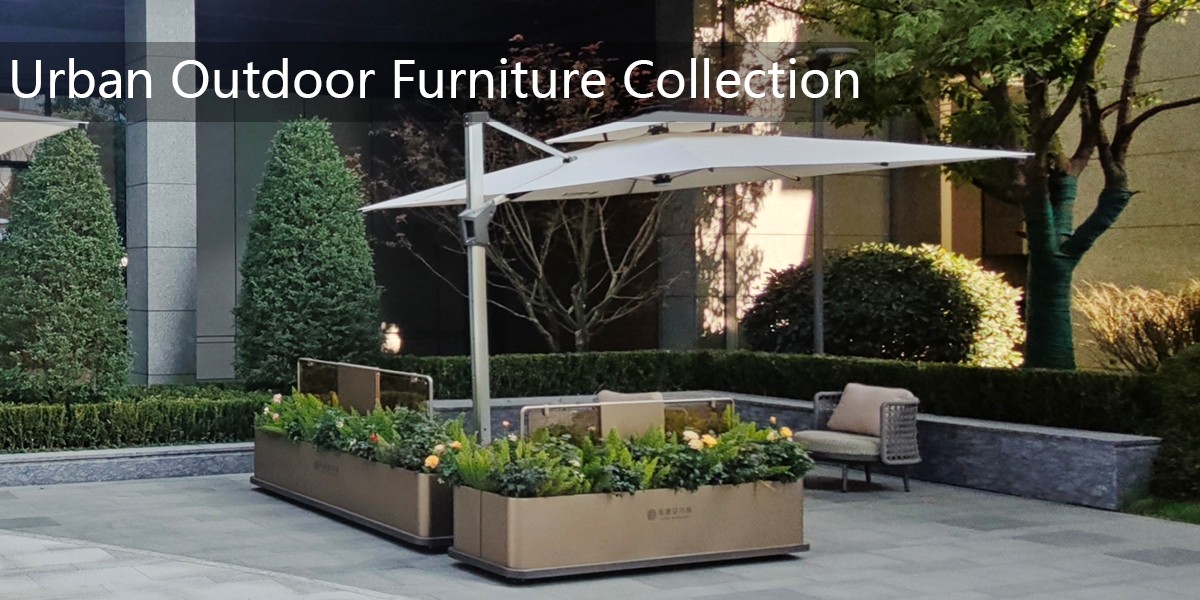Outdoor sculptures are increasingly incorporating piezoelectric materials to merge art with cutting-edge technology. These materials generate electricity when subjected to mechanical stress, such as footsteps, wind, or vibrations. By embedding piezoelectric elements into sculptures, artists create interactive installations that light up, produce sound, or even power small devices—transforming public spaces into dynamic, energy-harvesting experiences.
For example, a sculpture with piezoelectric tiles can convert the kinetic energy of passersby into electrical energy, illuminating the artwork at night. Similarly, wind-responsive installations use piezoelectric films to capture vibrations from breezes, generating enough power to animate kinetic components. Beyond aesthetics, these sculptures promote sustainability by demonstrating renewable energy solutions in urban environments.
Piezoelectric sculptures also engage communities by inviting participation—viewers become active contributors as their movements power the art. This fusion of creativity and technology redefines public art, making it both functional and inspirational. As cities embrace smart infrastructure, piezoelectric sculptures may play a pivotal role in blending sustainability with cultural expression.


